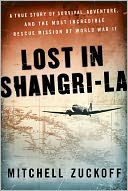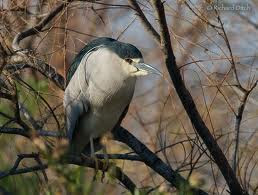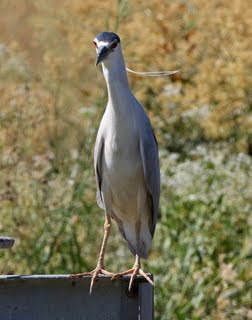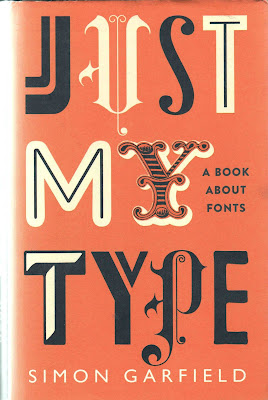Last year about this time I was not feeling well at all. It turned out to be nothing more than bad side effects of new blood pressure medicines I had been prescribed. A trip to the ER identified no reason for my problems. A second trip a few days later to Urgent Care merely caused a second medicine to be added that promptly made me sleep all day for three days in a row.
Finally I woke up and had the presence of mind to Google the medicines I’d been prescribed and discovered I had classic signs of known side effects of both of these medications. I took myself off them, then took myself back to the doctor and told him I’d cured myself but I still needed to try another blood pressure medicine. I do like my doctor, but I’m afraid he just doesn’t have time for me. He does well by Jerry, because Jerry has a case that needs monitoring (diabetes). But until I can show him some real breathing issues, his parting answer to me is “prn.” (As necessary). I guess I should be thankful, not irked.
************
I read in the business section of last Sunday’s LA Times that the CD is on its way to the same graveyard where old floppy disks are and that shortly we will be ordering all our music in the mp3 format via our electronic devices.
I’ll be seeing my son Sean this Thanksgiving weekend and I’m going to ask him to translate that for me. I mean, I know what it means but I don’t know how I will make it happen. I do not have any kind of equipment having an “ i” in front of it and in or on which I am to download it. The only mp3 files I have (that I know about) are ones my son made for me of some old music – me on the violin and some
Raunch Hands Against the World songs. If I could remember how it was that I listened to them using my computer a year ago, I might be able to do it again. But for sure I don’t know things like how I’ll be able acquire a CD’s worth of, say, Brahm’s Requiem by way of mp3. So I’ll wait for my guru to tell me how to do it, like he does all the other technical things I don’t know. I KNOW I’m lucky to have him, and if he’s not available he has produced a son who is equally knowledgeable and who would help me if Sean wasn’t available, but I do hate to let Brendan know just how backward his old grandma is. Pitiful, I say.
And as a matter of fact, today I went to Barnes and Noble to purchase a CD for a little Christmas gift for a good friend and oops, they don’t carry CD’s anymore.
************
I have never been a person who particularly enjoyed athletic activities for the “athletic” or “exercise” part of them. There was a time in my life when I really enjoyed bowling, and that included a fair bunch of what I would call exercise. And then later I took up square dancing, and believe me, that was a whole lot more strenuous than bowling. I never jogged, or swam, or played tennis, or even golfed. It wasn’t my thing. (I always said my idea of the perfect exercise is making my eyes go back and forth across the pages of a good book, and that has never changed.)
But I was active to this extent: I could spend an eight-hour day at work, which often entailed a whole lot of running from one end of a warehouse to another, come home and put a dinner on the table, and then head out to a library where I would work on my genealogical research until the library closed at 9 or 9:30. I’d be up at 5 the next morning, getting ready to repeat the process. This was not work at all! This was fun, and I continued doing it right up until 2000, when I retired.
As I get close to entering my 12th year of retirement, I have to be very thankful that I seem to be aging gracefully, although when I look in the mirror “gracefully” is too kind a word to describe the wrinkles on my face. But I know I am slowing down. I recently made a 5-hour drive from home to Fresno, and the next day turned around and drove back home. Not everyone my age can do that, I know. But it’s really not all that much fun anymore, fun like when we were young and would drive up and back from Long Beach to San Francisco just for a “fun” weekend. That’s not fun anymore. And I have to confess, at this stage in my life I wouldn’t want to work all day, cook a meal and go research for three hours all in one day either. I suppose I could do it if I had to, but you know, I don’t even want to do that anymore.
************
And just in case you have missed it, this is making the rounds online right now:
INNER PEACEIf you can start the day without caffeine,
If you can always be cheerful, ignoring aches and pains,
If you can resist complaining and boring people with your troubles,
If you can eat the same food everyday and be grateful for it,
If you can understand when your loved ones are too busy to give you any time,
If you can take criticism and blame without resentment,
If you can conquer tension without medical help,
If you can relax without alcohol,
If you can sleep without the aid of drugs,
...Then you are probably...
The Family Dog!
















